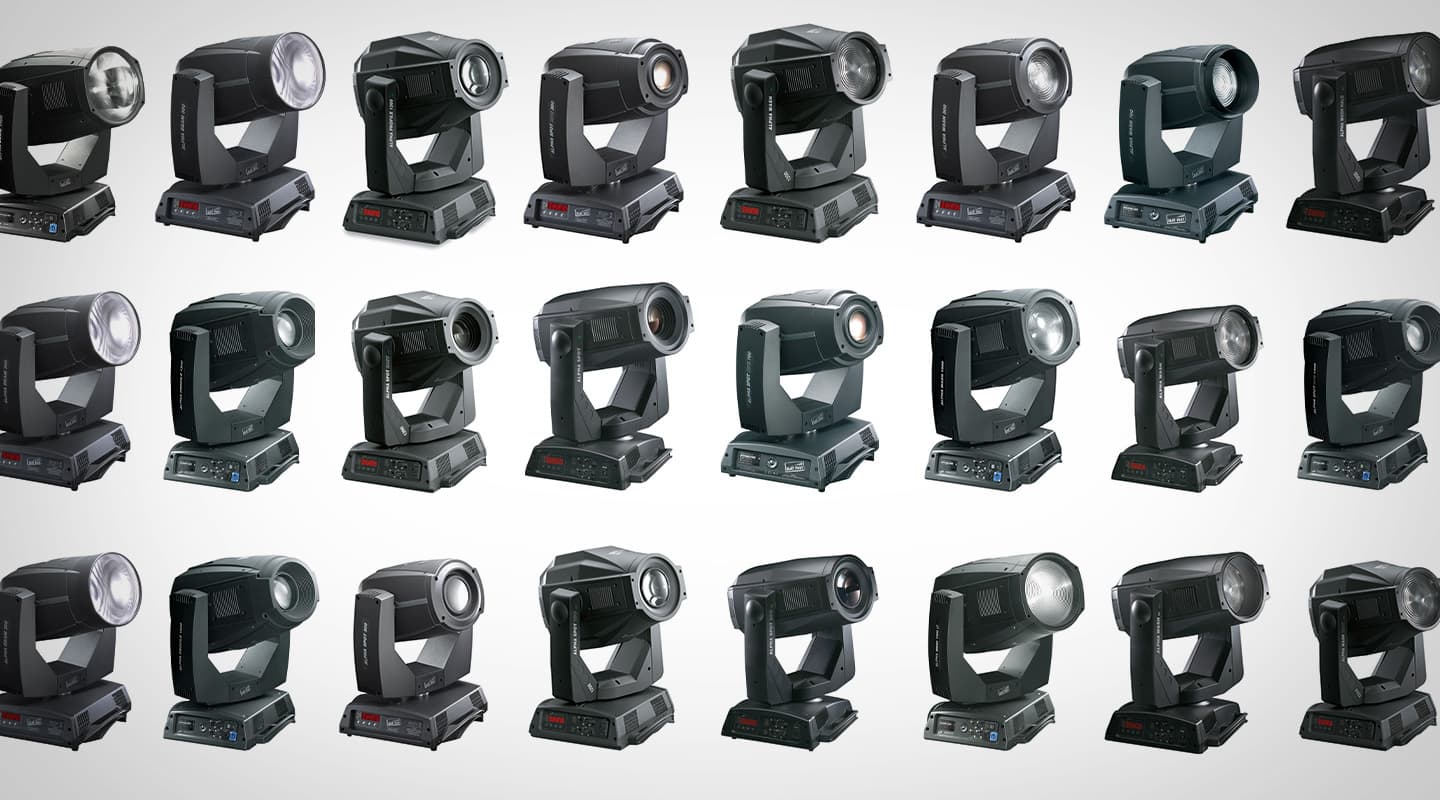
Clay Paky Makes Comeback
The old king of the moving light hill gets back on its horse.
Text:\ Paul Collison
In November last year as winter was settling into Europe, I had the pleasure of visiting Clay Paky headquarters in Bergamo Italy. The weather was cold but the hospitality was the warmest you could hope for. Anyone who was part of the lighting industry in the ’90s would know the name Clay Paky. No show was complete without some Miniscans or Goldenscans amongst an armoury of par cans, Astro Raggi’s and pinspots. Clay Paky made all types of ‘disco’ effects and seemingly ruled the world when it came to moving mirrors. Unfortunately, its transition to moving heads was a long and treacherous one. The first range of Stage Zoom heads were heavy, and lacked the features of their younger and up-and-coming competitors. Disappointed customers found alternatives and ultimately, Clay Paky went back to the drawing board. Not too dissimilar to the way a football team looks at themselves after a series of losses… (hello NSW rugby league). This period is something that Pio Nahum, sales and marketing director for Clay Paky, readily acknowledges. He’s also quick to point out it was during these times that the company learnt important lessons that have resulted in some fantastic new products and the resurrection of the famous Italian manufacturer.
A revival lead by Paky himself, Pasquale Quadri, not only the company namesake and owner, but its lead designer and figurehead, has brought them back to life. Exhaustive market surveys and consultation with designers and technicians has lead to a new range of fixtures that are bright, crisp and most importantly, extremely reliable. For these reasons, designers are flocking back to CP fittings. The Alpha range of fixtures is proving to be the key to this success. Gone is the familiar clack, clack, clack associated with the startup of a Clay Paky fixture. The same brilliant optics are there, as is the desire for perfection. Wandering around the factory you see that passion is spread from the top down. Every worker is proud to work for the iconic company ‑ and with the Alpha range in full swing, they have every right to be.

MORE MODELS THAN YOU CAN WAGGLE A MIRROR AT
The current range is somewhat bloated, consisting of over 26 moving head fixtures. It is this breadth that could prove to be the Achilles heel of the manufacturer. It leads to supply issues where different companies have purchased slightly different versions of similar fixtures, making supplies in large quantities difficult. Ideally the range would be slimmed to a 300W, 700W and 1500W. The existence of the 575W and 1200W is probably redundant when you look at the output of the 300W compared to the 575W, and the 700W compared to the 1200W. There is simply not enough difference there to justify so many lamp types. For each lamp there is generally a range of two profile types, plus a wash and a beam. The 300 and 700 amazingly fit in to the exact same housing, leaving the 1500 range significantly bigger but gaining massive ground in the output stakes.
Innovation is back, with simple things like completely new dimming concepts. A combination of shutters and actual reduction of lamp output means not only a smoother and more rounded dimming curve from blackout to 100%, it also means tangible savings in electricity costs. Running the dimmer at 80% actually represents a 50% power saving to the lamp. So for those tedious pan and tilt preset position sessions, you can save power and lamp life by grabbing that master and pulling it back a little.
Then there is the hold focus through zoom feature. Although not a completely new thought, CP has taken it a step further by allowing you to modify the focus relative to the zoom. This means that with a tight zoom, the programmer can still grab the focus channel and pull focus only slightly. This pulled focus will then hold throughout the zoom. It’s a feature that can be turned on and off via DMX, if the programmer prefers a more traditional approach. Also in the Alpha software there are now powerful inbuilt macros to assist in programming of colour, iris and zoom chases, as well as variable random strobe and pulsing effects.
CP has listened to the end users. All fixtures in the Alpha range can be addressed and set without mains power. An on-board battery makes this small task much easier. The 300 and 700 fixtures are tiny in comparison to the competition. This makes rigging, transport and positioning in a lighting system easier. Tilt and pan locks keep the fixtures rigid during transport and the matte black surface of the fixture means they look newer for longer.
Beyond moving lights, there is also a huge range of architectural fittings Clay Paky has been making for years. Follow spots and scanners, along with fixed colour changers and the new Mirage IP65 LED panels, round out what is an impressive and diverse range of lighting instruments.
Clay Paky is certainly back in a big way. With LED fixtures in the pipeline and a renewed vigour, the Italian lighting powerhouse is guaranteed to change the landscape of the moving light market once again. While it has been a little while since there was an official Clay Paky distributor for Australia, until new arrangements are announced, the original distributor, Show Technology (www.showtech.com.au) is acting in a caretaker role, looking after spare parts, service and sales enquiries.
Clay Paky: www.claypaky.it





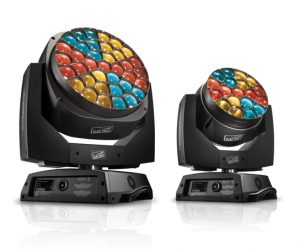



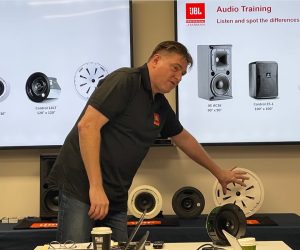
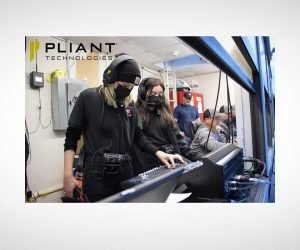
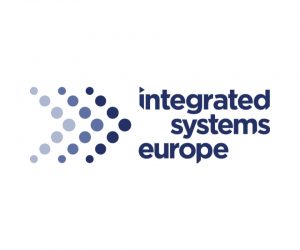


RESPONSES